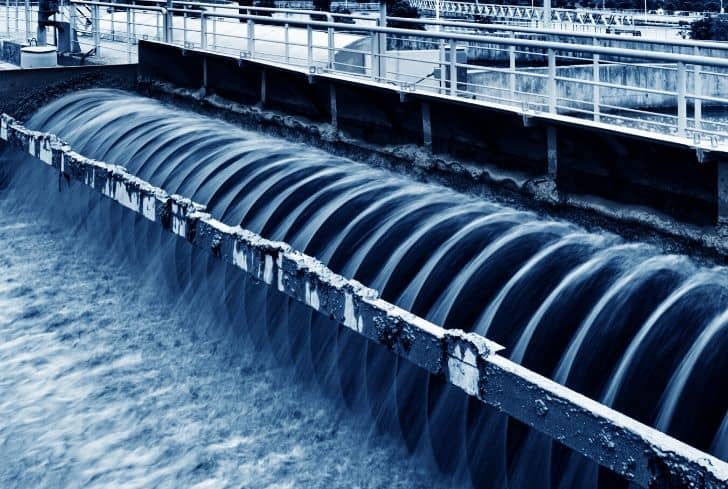Water is the most significant resource for ensuring the survival of all living creatures on the earth. Access to water, sanitation, and hygiene is a basic human right, yet billions of people throughout the world struggle every day to acquire access to even the most basic services. Hence, water treatment should be prioritised and given importance.
Water Problems
Even though 2.1 billion people have received enhanced access to decent water and sanitation facilities since 1990, the declining supply of high-quality drinking water is an alarming issue that affects all continents. By the year 2050, it is predicted that water shortages would afflict at least one out of every four people. Let us discuss the two biggest water problems faced in modern times.
Water Scarcity
More than 40% of the world’s population are facing a shortage of water. It is expected that this proportion will rise as a result of global warming and desertification.
Pollution
Humans primarily cause water contamination. More than 80% of human-generated wastewater is discharged into rivers or the sea without being treated, contaminating the environment.
How to Solve the Water Problem?
Water treatment is essential for solving the water crisis. It allows access to clean water. The main objective is to prevent the contamination of water bodies like seas and oceans.
Water treatment is a procedure that involves a variety of activities like physical, chemical, scientific and biological activities. The goal of removing or reducing contaminants or undesirable features in the water is the primary aim.
Another goal of this procedure is to get water with the appropriate characteristics for the intended usage. As a result, the treatment procedure differs depending on the qualities of the water provided and its intended purpose.
Treatment of Drinking Water (Water Purification)
Let us first know what does purification of water consist of:
Potable water is a limited and valuable resource. Only 0.4 per cent of the world’s water is appropriate for human use, according to estimates. It is why investing in water filtration is critical to ensuring that everyone has access to this key resource.
Water Purification is the process of treating water so that humans may ingest it without posing a health hazard. Drinking and meal preparation are both examples of consumption.
Purification includes removing potentially harmful compounds. Particles such as chromium, lead, zinc, algae, sand, bacteria, and viruses may present in water.
How Do We Purify Water
Water cleaning takes place at a DWTP (Drinking Water Treatment Plant), a technical term. The term DWTP is to describe facilities such as water purifying plants.
The water purification procedure differs depending on the terrain’s natural characteristics. Consider the following scenario:
Suppose the water comes from the surface (river water or a lake). The purification process in such a case should begin with the separation of certain natural water components, followed by impurity precipitation, filtering, and chlorine or ozone disinfection.
If the water supply includes salts or heavy metals, the techniques for removing these pollutants are more tedious and expensive. Desalination, which often involves reverse osmosis or distillation, can produce drinkable water in coastal locations or places with limited water supplies.
Conclusion:
Various parts of the world are facing a water crisis. Water purification and treatment of water need to be implemented in full force. It is the only way the world can be saved from rising water problems.

